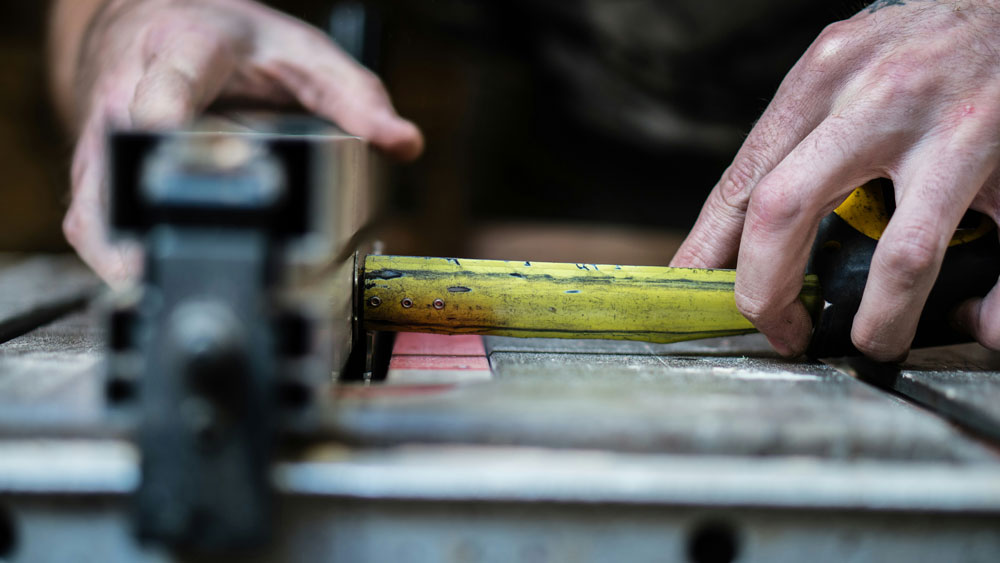My grandfather was a carpenter, so growing up I often heard the adage, “Be sure to measure twice so you only have to cut once.” The saying is also attributed to tailors—you have to make sure your measurements are correct before you cut the fabric.
|
ADVERTISEMENT |
Little did I know that years later the saying would take on new meaning as I studied a different type of scissors, made of the genetic material ribonucleic acid (RNA) that affects how our genes work.
RNA is sometimes called the “messenger” because it regulates how the genes in our DNA express themselves. Part of my research involves studying a type of scissors that cuts RNA into two pieces. These RNA scissors are called self-cleaving ribozymes.
These RNA scissors play crucial roles in gene expression across all walks of life—from simple viruses to complex genes in the human brain—and have broad implications for understanding and treating infection and disease.
…

Add new comment